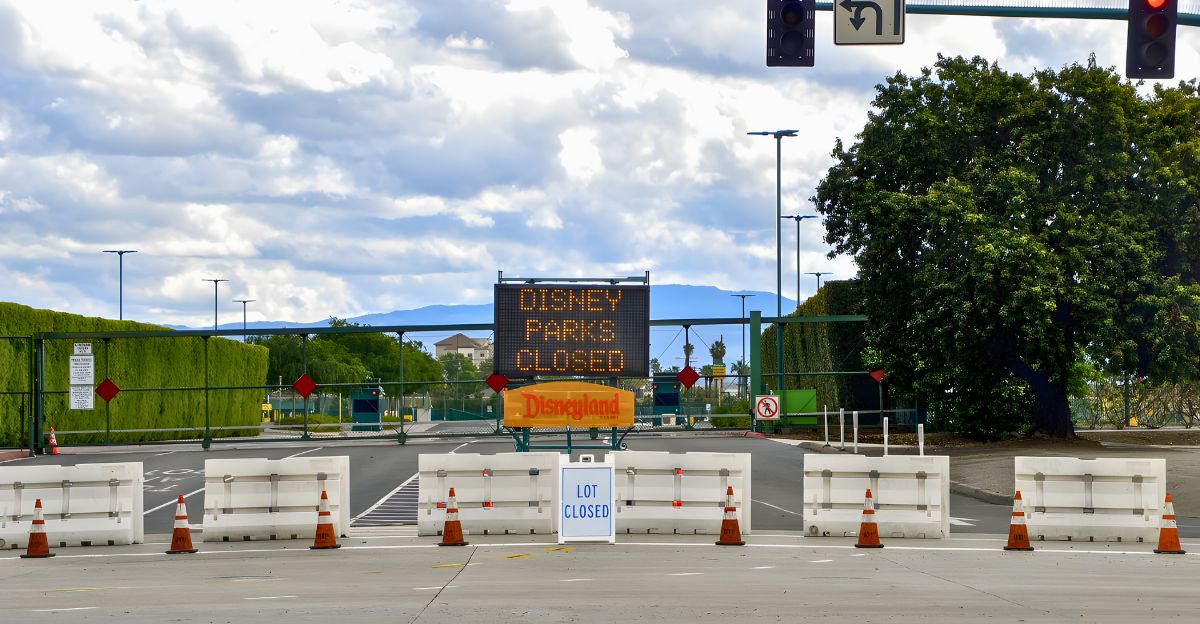
Something significant just shook California’s gun control landscape, surprising many nationwide observers. A long-standing restriction, known as the “one-gun-per-month” law, which limited how many firearms a person could purchase within 30 days, faced a major courtroom challenge. This law had been a cornerstone of California’s firearm regulations for decades. The recent legal battle culminated in a decisive ruling that overturned this restriction.
The outcome of this case could have far-reaching effects, potentially influencing gun laws beyond California’s borders. This development marks a pivotal moment in the ongoing national debate over gun rights and regulations, signaling that established firearm purchase limits may no longer stand unchallenged. The ruling has already sparked discussions about the future of gun control policies nationwide, with advocates on both sides closely watching the unfolding legal and political consequences.
The Stakes of Gun Legislation
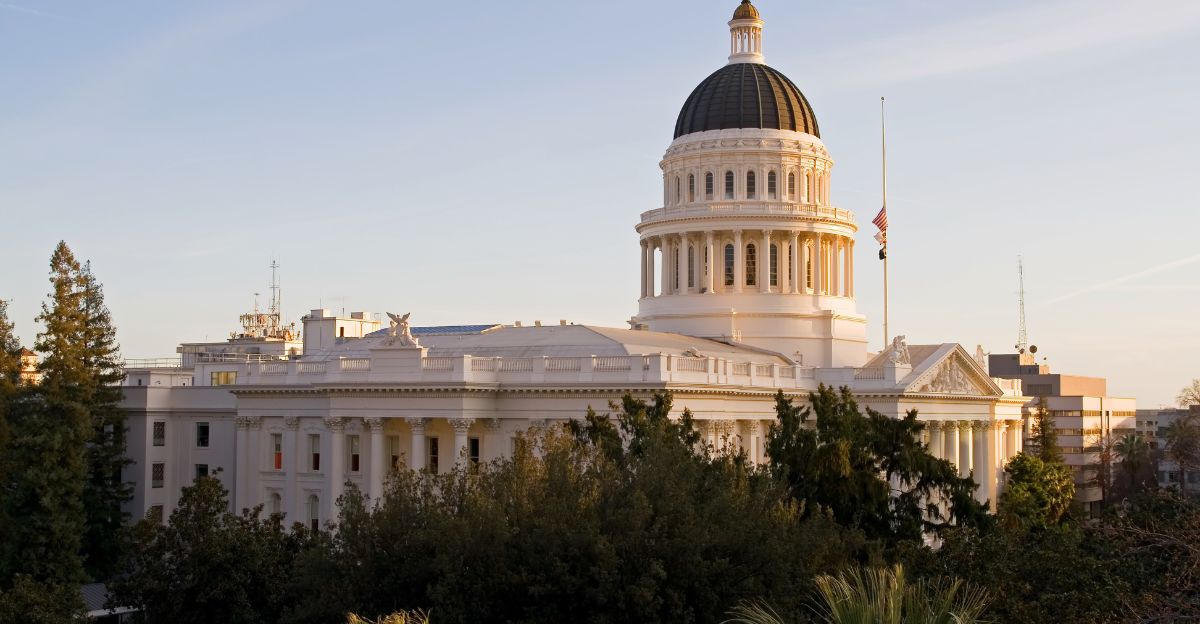
Gun laws remain one of the most contentious and polarizing issues in the United States, impacting millions of Americans’ rights, safety, and daily lives. Various states have implemented tighter restrictions on firearm purchases in recent years, sparking intense debates about the balance between public safety and constitutional freedoms. California’s law, which capped gun purchases to one per month, was part of this broader trend aimed at curbing gun violence and illegal trafficking.
With this law overturned by the Ninth Circuit Court of Appeals, questions arise about whether other states with similar restrictions might face legal challenges. The ruling could potentially set a precedent affecting firearm regulations nationwide. Gun owners, policymakers, and advocacy groups are all paying close attention, as the decision might reshape the national gun policy landscape and influence future legislation.
The Origins of the Gun Purchase Limit
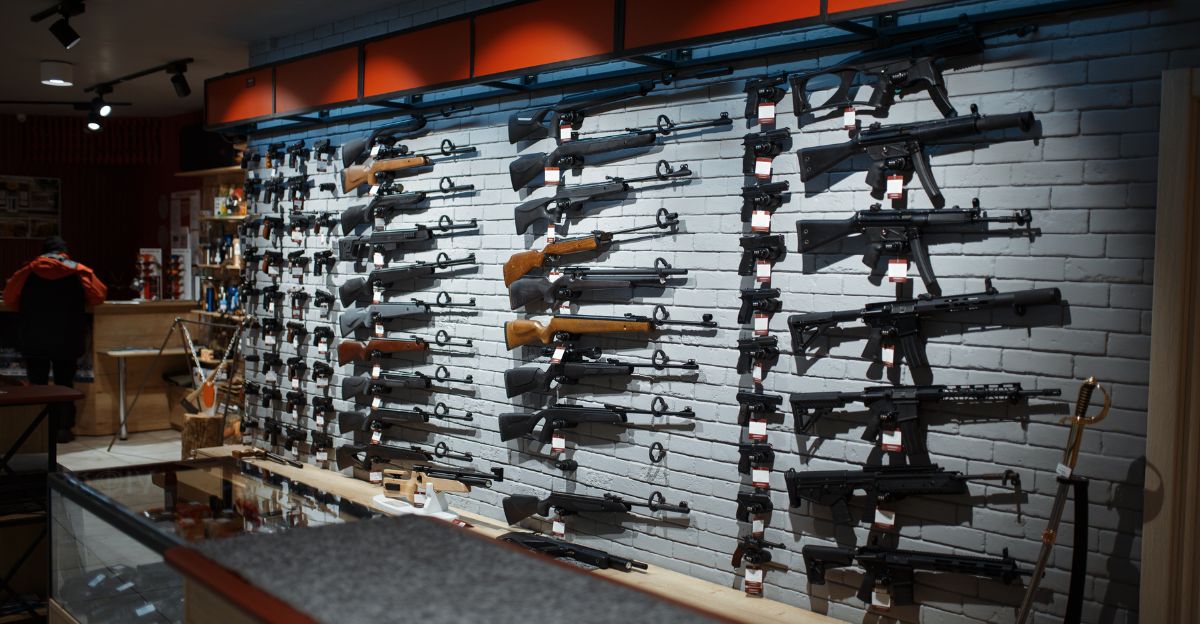
For over two decades, California enforced a rule restricting individuals from buying more than one firearm every 30 days. This law was initially enacted in 1999 to combat illegal gun trafficking and “straw purchases,” where a person buys multiple guns to transfer them illegally to prohibited buyers. Initially, this restriction applied only to handguns but was expanded to include all firearms.
The intent was to reduce the flow of guns into criminal hands and enhance public safety. For many years, this limit was accepted by the public and lawmakers alike as a reasonable and adequate safety measure. However, as gun rights debates evolved and legal interpretations shifted, this law became a focal point for challenges arguing that it infringed on constitutional rights, setting the stage for the recent court showdown.
Legal Challenges and Changing Interpretations

Critics of California’s one-gun-per-month law argued that it infringed on constitutional rights guaranteed by the Second Amendment, which protects an individual’s right to keep and bear arms. The legal landscape shifted notably after the 2022 Supreme Court ruling in New York State Rifle & Pistol Association v. Bruen, which clarified how courts should evaluate gun control laws.
This landmark decision emphasized that firearm regulations must be consistent with the nation’s historical tradition of gun ownership. Following this precedent, legal experts and gun rights advocates argued that California’s quota law was incompatible with constitutional protections. This shift set the stage for a legal challenge that questioned whether limiting gun purchases to one per month was valid under the new judicial framework. The case ultimately reached the Ninth Circuit Court of Appeals, where the law’s constitutionality was thoroughly examined.
The Court’s Unanimous Verdict

In a unanimous 3-0 decision, the Ninth Circuit Court of Appeals struck down California’s “one-gun-per-month” law as unconstitutional. The court held that the Second Amendment protects the right to keep and bear arms in plural, meaning individuals have the right to possess multiple firearms. Judge Danielle J. Forrest, writing for the panel, emphasized that the law was not supported by American tradition or the constitutional text.
The court reasoned that restricting gun purchases to one per month arbitrarily infringes on the fundamental right to acquire firearms for lawful purposes such as self-defense, sport, and collection. This ruling represents a significant affirmation of gun rights and challenges the validity of similar restrictions in other jurisdictions. It sends a clear message that laws limiting the number of guns a person can buy over time may no longer withstand constitutional scrutiny.
Impact on California and Beyond
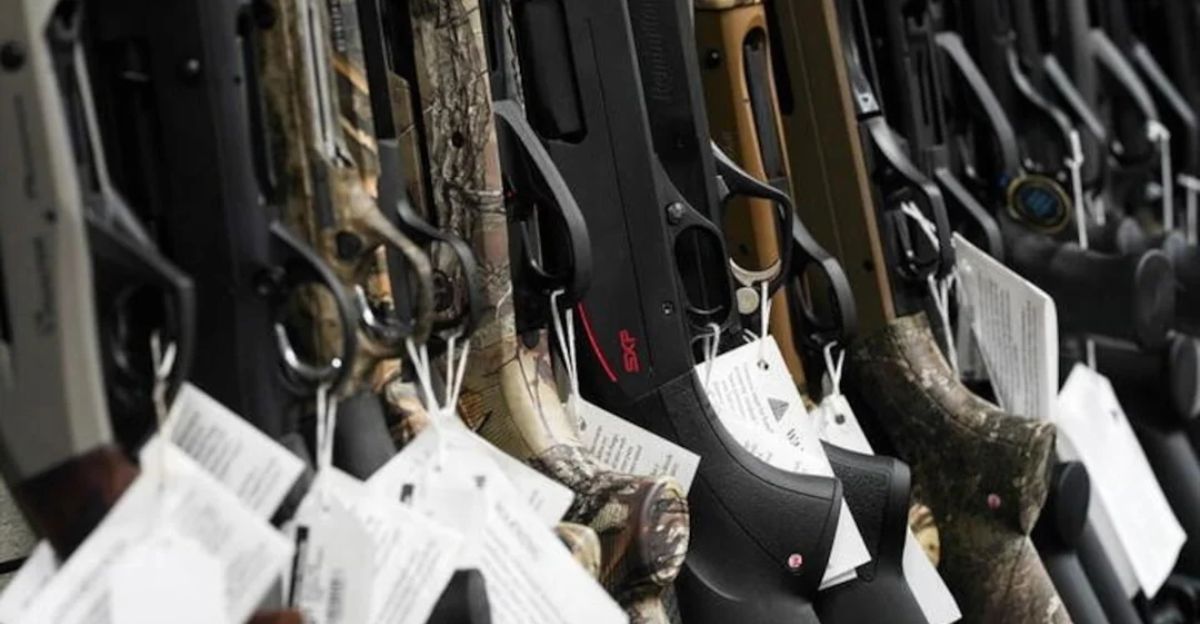
This ruling directly affects California residents, who can legally purchase multiple firearms within 30 days without restriction. For many gun owners, this decision removes a significant barrier to acquiring firearms for personal protection, sport, or collection. Beyond California, the ruling signals potential shifts in other states with similar purchase restrictions, raising questions about the nationwide future of local gun laws.
States with “one-gun-per-month” or comparable limits may face legal challenges inspired by this precedent. Gun owners, sellers, and policymakers in the region are closely monitoring how this landmark ruling will influence regulations and enforcement in the future. The decision could lead to legislative reconsiderations, judicial reviews, and political debates about balancing gun control and constitutional rights.
Challenges for Gun Dealers

Gun dealers and firearm businesses operating in California had to navigate the quota law, often losing sales and customers due to the purchase limits. Franchisees expressed frustration over how the law constrained their operations, limiting their ability to meet customer demand and impacting revenue. Many dealers reported that the quota created logistical challenges and customer dissatisfaction, especially among collectors and enthusiasts who sought to purchase multiple firearms legally.
While the court’s decision offers relief by removing the quota, it also introduces new challenges as the market adjusts to increased demand and regulatory changes. Dealers must now adapt to a new environment where customers expect greater flexibility, and businesses may need to revise inventory management and sales strategies to capitalize on the ruling’s effects.
Competition Among States
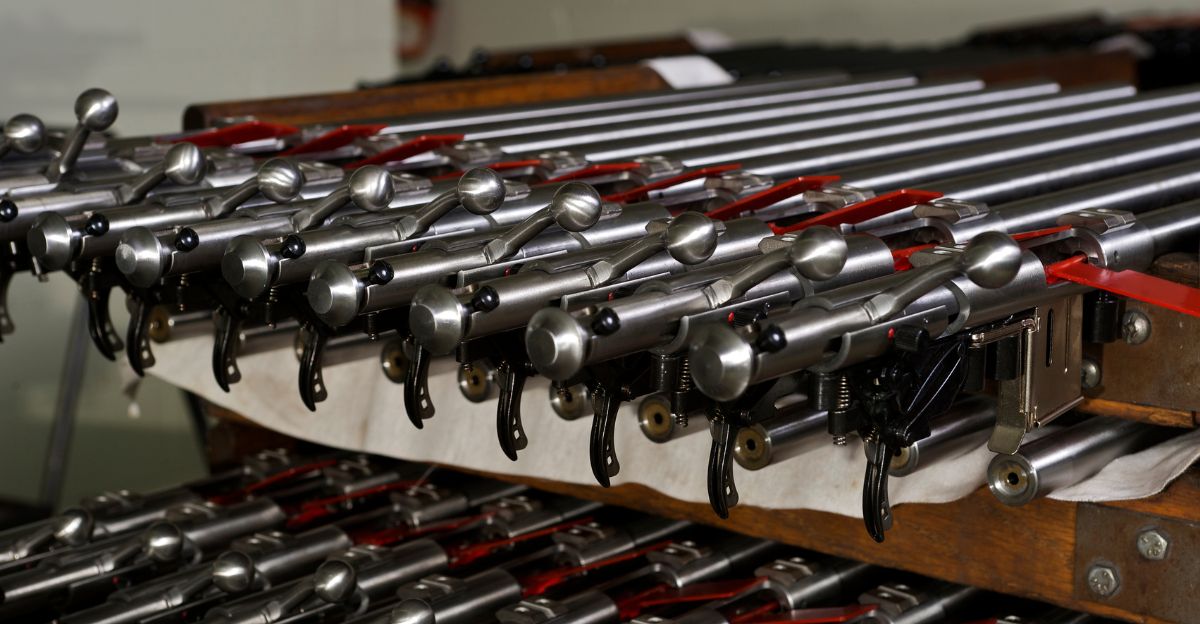
States with less restrictive gun laws may experience increased sales as buyers seek more flexible purchasing options. Gun manufacturers and retailers might shift their focus to these regions, intensifying competition in the firearms market. The Ninth Circuit’s ruling could encourage gun owners to travel to or relocate to states with fewer purchase limits, impacting local economies and businesses.
Additionally, this decision may prompt legislative battles as states reassess their firearm regulations in response to changing legal precedents and market dynamics. Lawmakers in restrictive states may face pressure to defend their laws in court or reconsider them in light of constitutional challenges. The ruling thus has the potential to reshape the competitive landscape of the gun industry across multiple states.
Evolving Consumer Preferences
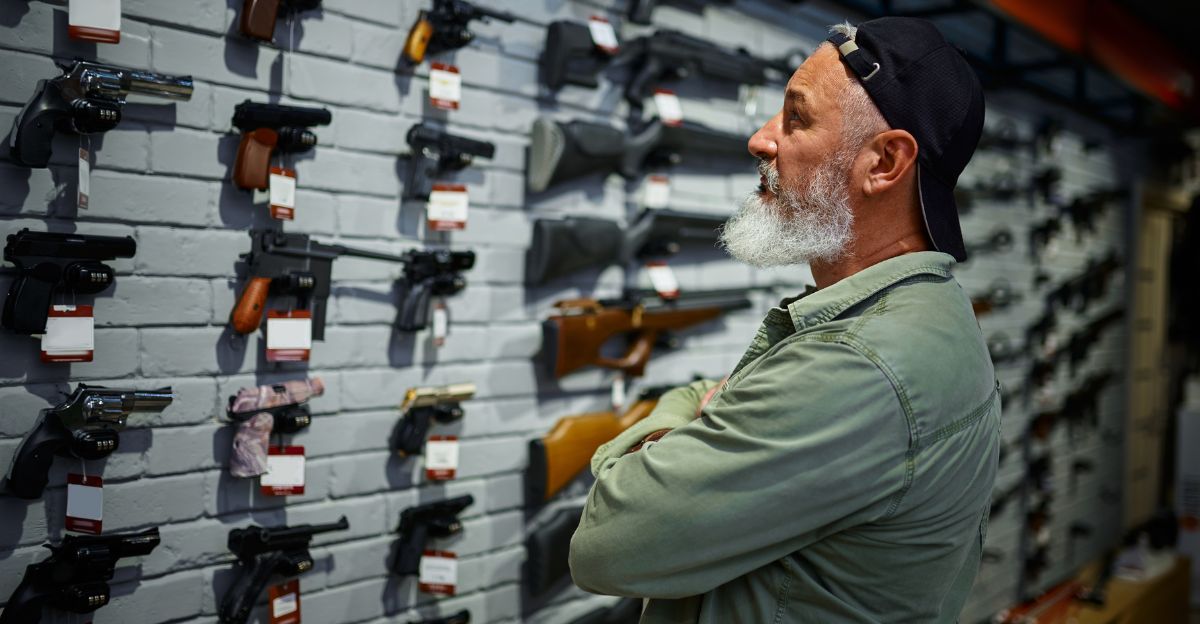
Gun buyers increasingly demand freedom and flexibility in their purchases, whether for collection, sport, or self-defense. The one-gun-per-month quota was widely viewed as outdated in this context, limiting the ability of responsible gun owners to acquire firearms according to their needs and interests. The court’s decision aligns with broader trends favoring expanded gun rights and access, reflecting changing consumer habits and expectations in the firearms market.
Collectors, competitive shooters, and self-defense advocates often require multiple firearms for different purposes, making restrictive quotas impractical. This ruling may encourage further modernization of gun laws to accommodate evolving consumer preferences while balancing public safety concerns.
What Lies Ahead?
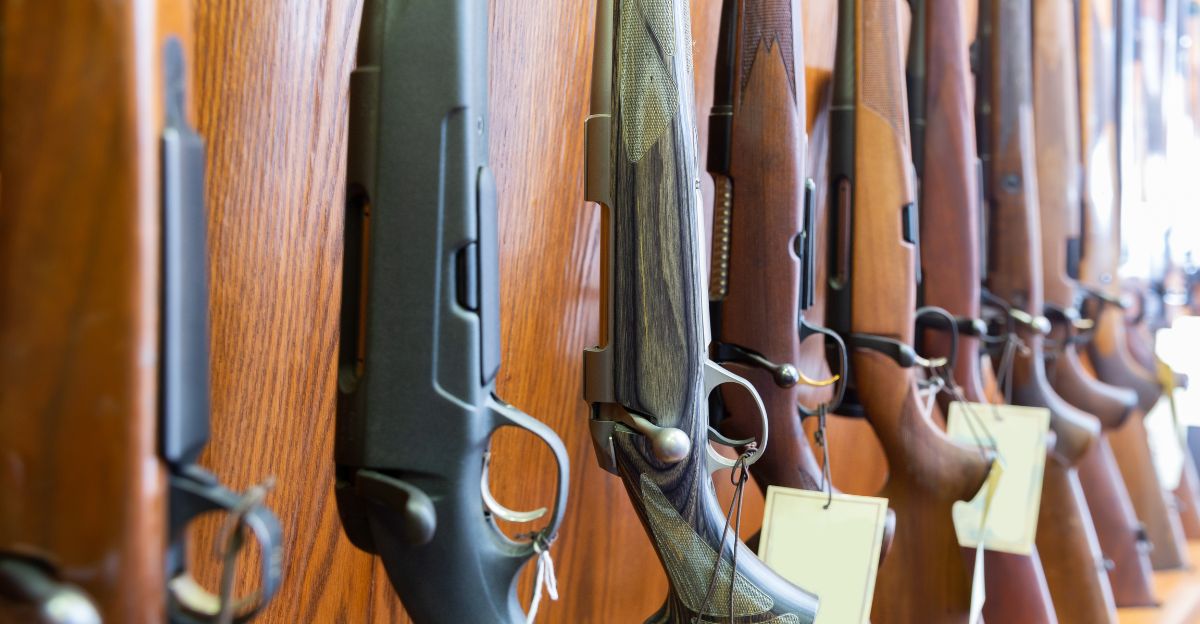
Will other states follow California’s lead in overturning similar firearm purchase limits? How will lawmakers respond to this judicial rebuke of gun quotas? The debate over gun rights versus regulation remains intense and unresolved. This ruling marks a significant moment in the ongoing struggle between gun control advocates and gun rights supporters.
Future legal battles are likely as states with restrictive laws face challenges inspired by this precedent. Lawmakers must decide whether to amend or defend existing regulations. Meanwhile, public opinion and political pressure will continue to shape firearm policy. The future of America’s gun laws will depend on how courts, legislatures, and citizens navigate this complex and evolving issue.




